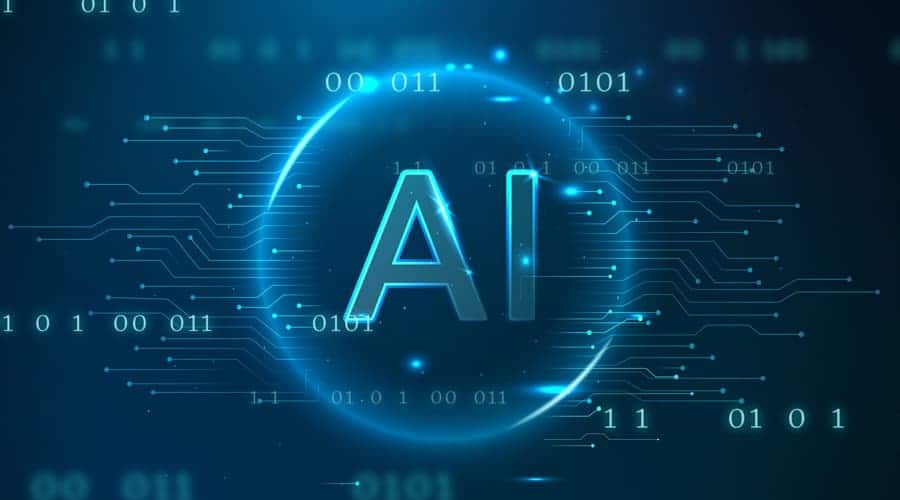Artificial intelligence (AI) has rapidly evolved over the past few years, with significant advancements in machine learning, deep learning, and natural language processing. In this article, we will discuss the latest advances in computer artificial intelligence technology.
Machine Learning
Machine learning is a subfield of AI that focuses on developing algorithms that enable machines to learn from data without eing explicitly programmed. Recent advances in machine learning have enabled computers to achieve new levels of accuracy and efficiency in a wide range of applications.
One of the most significant advancements in machine learning is the development of deep learning algorithms. These algorithms are based on neural networks that simulate the structure and function of the human brain, enabling machines to learn and make decisions in ways that were previously impossible.
Natural Language Processing
Natural language processing (NLP) is a subfield of AI that focuses on enabling machines to understand and interpret human language. Recent advancements in NLP have led to significant improvements in voice recognition, text-to-speech, and natural language understanding.
One of the most significant advancements in NLP is the development of language models such as OpenAI’s GPT-3. These models are based on deep learning and can generate human-like text in response to prompts or questions. This technology has significant implications for natural language processing, content creation, and chatbots.
Computer Vision
Computer vision is a subfield of AI that focuses on enabling machines to interpret and understand visual information. Recent advancements in computer vision have led to significant improvements in object recognition, image classification, and video analysis.
One of the most significant advancements in computer vision is the development of convolutional neural networks (CNNs). These networks can automatically detect and classify objects within images with high accuracy, making them ideal for applications such as self-driving cars and security systems.
Robotics
Robotics is a field that combines AI, machine learning, and computer vision to create machines that can interact with their environment and perform tasks autonomously. Recent advancements in robotics have led to significant improvements in industrial automation, healthcare, and transportation.
One of the most significant advancements in robotics is the development of collaborative robots or cobots. These robots are designed to work alongside humans, performing tasks that are either too dangerous or too repetitive for humans to perform. They are also programmed to learn from human feedback and adjust their behavior accordingly.
Ethical and Social Implications
As AI technology continues to advance, there are growing concerns about the ethical and social implications of these advancements. Some experts have raised concerns about the potential for AI to automate jobs, exacerbate inequality, and infringe on individual privacy.
In response to these concerns, many organizations have called for the development of ethical guidelines and frameworks for AI. These guidelines aim to ensure that AI is developed and used in a responsible and transparent manner, with a focus on human-centered design and social responsibility.
Conclusion
In conclusion, recent advancements in computer artificial intelligence technology have significant implications for a wide range of industries and applications. Machine learning, natural language processing. Computer vision, and robotics are just a few of the areas where significant progress has en made. As these technologies continue to evolve, it is important to consider the ethical and social implications and develop responsible frameworks for their development and use.

